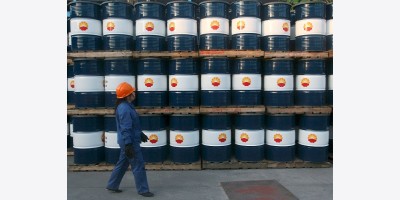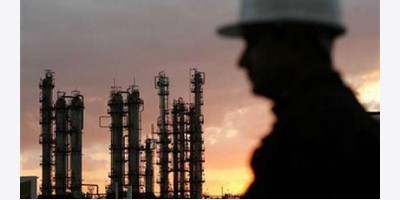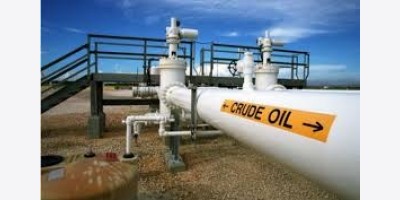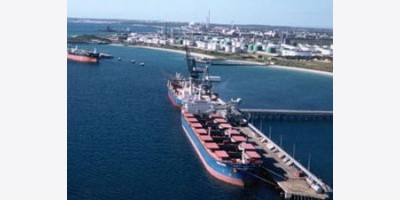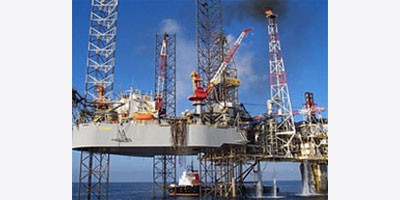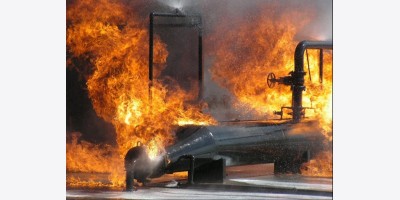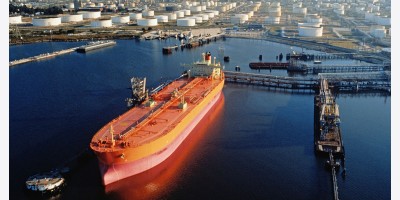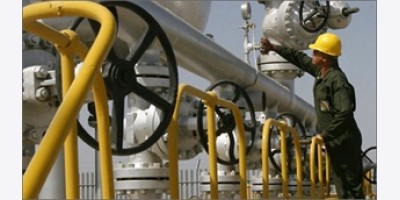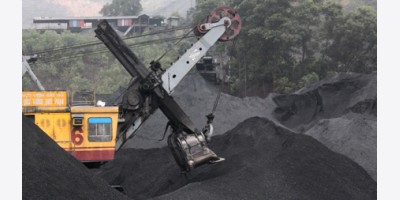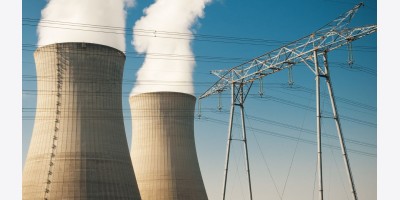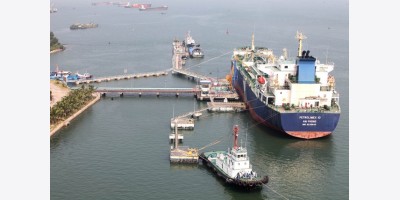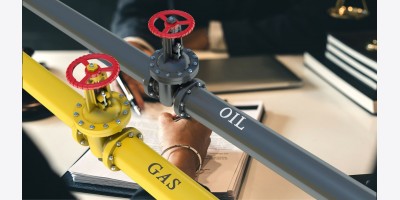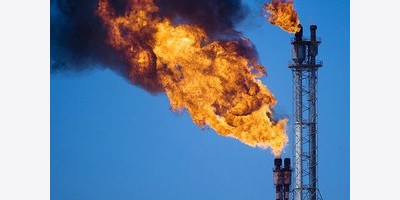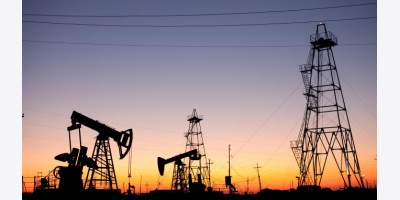Nick Cunningham
Several recent gas deals will tie Russia and Germany closer together.
Russia’s Gazprom announced an agreement on asset swaps with European partners including OMV, BASF, E.ON, and Royal Dutch Shell. The deals will kick start the Nord Stream gas pipeline expansion and also give Gazprom a greater presence in Europe, while giving several European companies assets inside Russia.
For example, Austrian-based OMV will receive a 24.98 percent in two fields in Russia in exchange for the “participating interest in OMV.”
“This Agreement is another step closer to the cooperation with Gazprom along the entire value chain. We purchase Russian gas for our European customers. Together we contribute to the security of supply by implementing the Nord Stream II project. In addition, right now we are broadening our trust-based partnership for producing natural gas in Siberia,” said Rainer Seele, the Chairman of the OMV Executive Board.
Gazprom also announced asset swaps with BASF, a deal that had first been announced in 2013 but was put on ice after the deterioration in relations following the crisis in Ukraine. But the two sides now plan on completing the swap. Gazprom will gain control of Wingas GmbH, a gas storage and trading entity based in Germany. Wingas services the Czech Republic, Austria, and Germany, supplying wholesale and retail natural gas.
In exchange for Gazprom getting a stronger foothold in Europe, Wintershall, a subsidiary of BASF, will take a position in natural gas fields in Siberia. Gazprom will also take a 50 percent stake in a North Sea oil and gas project owned by Wintershall.
The most newsworthy item was the announcement of the Nord Stream pipeline expansion. The Nord Stream Pipeline allows for Russian natural gas to reach Western Europe, bypassing Ukraine. A third and fourth line of the pipeline system will be added by 2019, doubling Nord Stream’s capacity to 110 billion cubic meters per year (bcm/y). Gazprom will have a 51 percent stake in the joint venture, which is called “New European Pipeline,” followed by smaller stakes held by E.ON (10 percent), Shell (10 percent), OMV (10 percent) Wintershall (10 percent), and Engie (9 percent).
Related: Why Did Oil Prices Just Jump By 27 Percent In 3 Days?
The pipeline has been contentious for several reasons. First, it will expand Russia’s ability to export natural gas to Europe without needing to transit the gas through Ukraine. For European policymakers worried about steady gas supplies without interruption, that is a good thing. But it also frees Russia’s hand to meddle in Ukraine, which clearly does not align with the stated strategic objectives of the European Union.
Second, the expansion of the Nord Stream leaves Europe much more dependent on Russian gas in general, a trend that Brussels has been trying to reverse for some time.
There have been several alternative sources of supply that European policymakers have been considering. For example, the EU could rely much more on imports of LNG. The most progress on this front to date has been achieved by Lithuania, which began importing LNG last year, allowing the Baltic nation to reduce its dependence on Russian gas. The existence of an alternative source of gas also forced Gazprom to offer price concessions.
Lithuania even sought to expand the use of LNG for its neighbors, first by exporting to Estonia. More controversially, it has tried to export to 1.5 bcm/y to Ukraine via Belarus. That predictably ran into a wall of opposition from Gazprom, which owns the pipeline operator in Belarus. Obviously Russia did not want to lose leverage over Ukraine by allowing it another source of energy. Lithuania instead is looking to build a gas interconnector to Poland, and from there, gas could reach Ukraine. In effect, Ukraine could receive LNG from the Baltic Sea. However, construction could take a few years.
Aside from the Baltics, more LNG could reach Western and Central Europe through Spain, the Netherlands, or Croatia, for example. Croatia is building an LNG import terminal that could become operational by 2019.
Still, LNG is obviously not enough. Despite the hostilities over Ukraine, and the array of summits and official documents that seek greater energy independence from Russia, the latest deals between several European companies and Gazprom highlight the fact that Europe will continue to rely on Russian gas. The Nord Stream Pipeline expansion will bind Russia and Europe together for a long time.
By Nick Cunningham of Oilprice.com




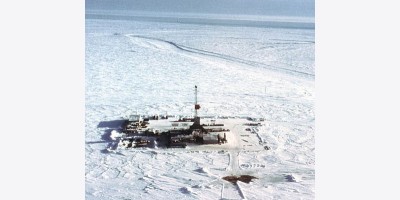
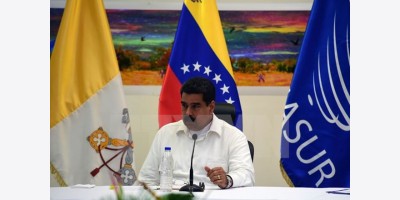
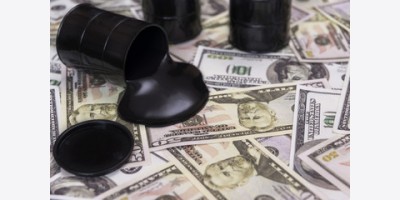
-400x200.jpg)
